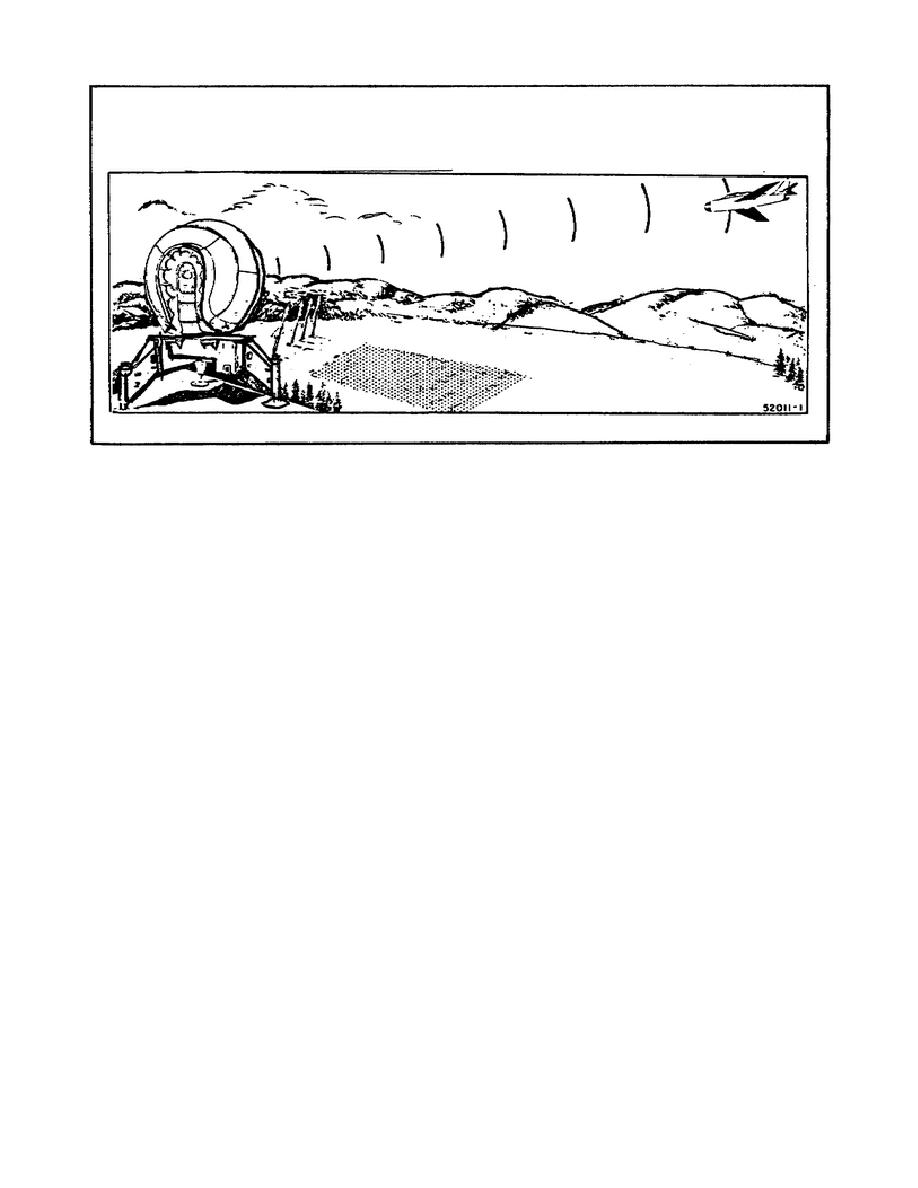
Figure 131. The Radar Antenna Radiates RF Energy
Into Space in the Form of a Narrow Beam.
2.
Accuracy depends on antenna directivity and width of radar beam.
a. The radar set determines the range or distance to the target by
measuring the time that the RF energy takes to hit the target. This time is
measured and displayed on the radar indicator where it is translated
instantaneously into yards or miles.
b. The direction of the target in azimuth and elevation is given by the
physical position of the antenna system. The antenna rotates in azimuth or
tilts back at an angle so that the full strength of the radar beam hits the
target.
When the antenna points directly at the target, the antenna and
radar beam form an angle with the horizontal plane of the earth, giving us
the angle of elevation. The antenna and radar beam also point in a certain
direction with respect to North, giving us the azimuth angle or bearing.
The accuracy of this angular information about target location depends upon
the directivity of the antenna and the width of the radar beam.
c. The purpose of this lesson then, is to show why a radar antenna
requires a narrow RF beam and how the directivity and gain of the antenna
affects the width of the radar beam. To understand more fully how a radar
antenna works, we will review some antenna fundamentals. We will begin by
defining an antenna.
185



 Previous Page
Previous Page
